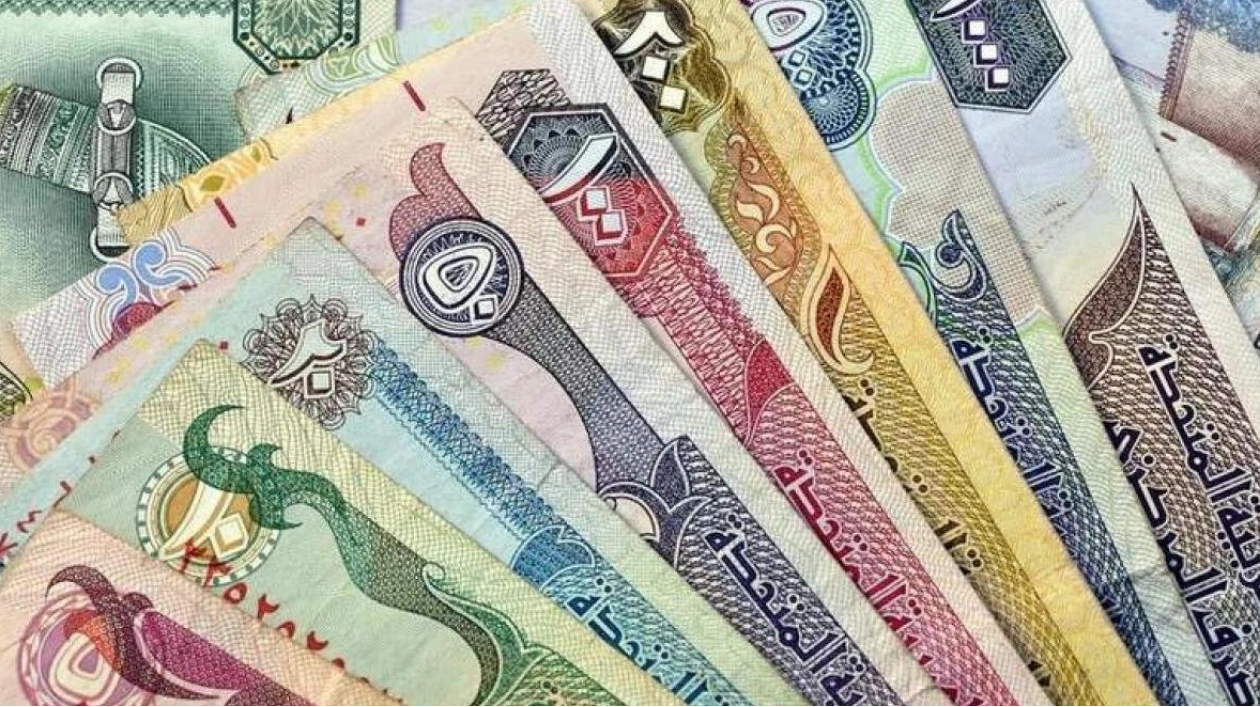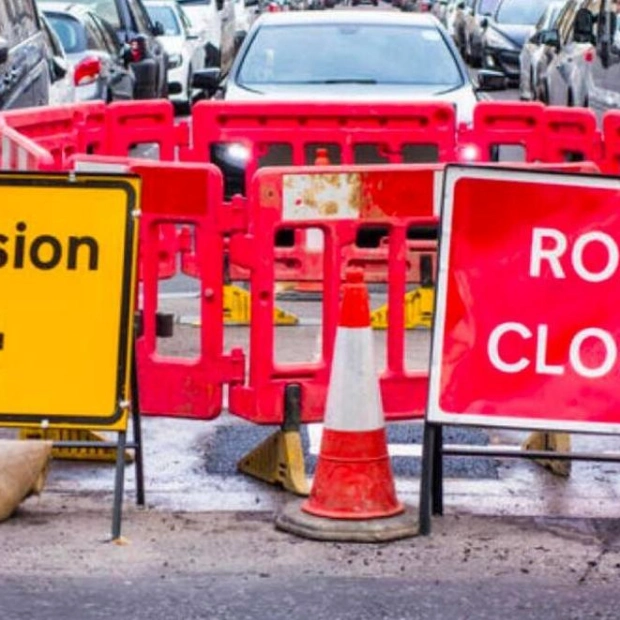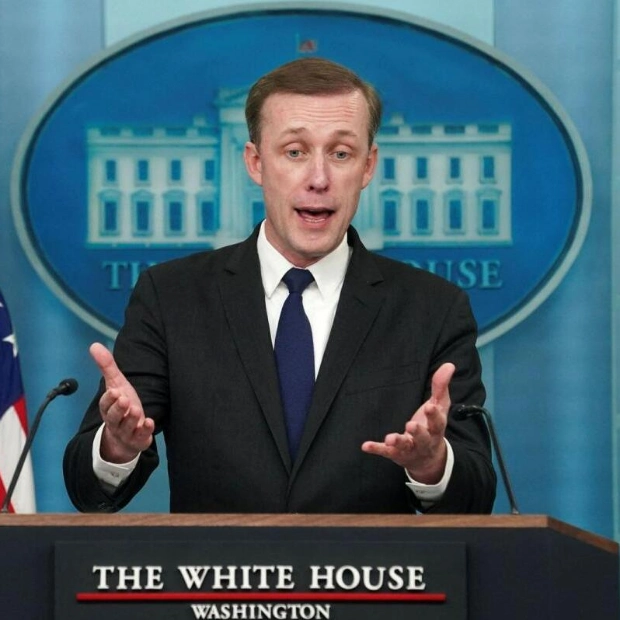Despite the ongoing Middle East crisis showing no signs of abating, banks within the Gulf Cooperation Council (GCC) are unlikely to face significant impact, according to a recent study. S&P Global conducted a hypothetical stress test on the region’s banks to gauge their resilience in the event of a prolonged conflict.
“We continue to assume a protracted, direct Israel/US-Iran conflict will not emerge. However, the recent cycle of escalation suggests the conflict is likely to persist into 2025, with a higher potential for developments that could affect regional sovereign and banks credit ratings,” the ratings agency stated in a report.
S&P outlined four scenarios—ranging from modest to severe stress—to assess how the current regional tensions could evolve and the implications for GCC banking systems. “Under high and severe stress, banks appear capable of managing potential funding outflows using their liquid assets. Government support may be necessary if assets are less liquid than anticipated. If asset quality stress is as severe as projected, many of the top 45 banks in the region could experience losses,” S&P noted.
The risks identified by S&P include:
- Outflows of foreign funding as non-resident investors exit the GCC region due to heightened risks;
- Outflows of local funding, which is assumed to materialize only under severe stress, as witnessed during the Gulf War (1990-1991); and
- A surge in default rates among banks’ corporate and retail clients as geopolitical instability impacts regional economies.
Under S&P’s standardized assumptions, external funding outflows could amount to about $221 billion, equivalent to approximately 30% of the tested systems’ cumulative external liabilities. “Banks have sufficient external liquidity to cover these outflows in most cases. In the severe stress scenario, we assume an additional $275 billion in deposit outflows,” S&P reported.
Under asset quality deterioration scenarios, 13 of the top 45 GCC banks are likely to show losses under high stress, increasing to 25 under severe stress, with cumulative losses reaching $24.6 billion.
S&P believes that most banking systems can manage these outflows by liquidating external assets, with only Qatar showing a negligible deficit. “This deficit is manageable, given the Qatari government’s history of supporting banks. The UAE’s banking system stands out in terms of external assets accumulated over recent years,” S&P noted.
Banks may need to liquidate investment portfolios or park them at central banks for liquidity to withstand withdrawals. “Overall, the risk appears manageable. After liquidating their investment books with our calibrated haircut, banks will still have about $264 billion available for deployment.”
The results of S&P’s hypothetical stress test indicate that most banking systems will remain resilient if regional conflicts escalate and investor confidence wanes. “However, the potential outcomes of the current situation are hard to predict and will depend on actual outflows and asset liquidity. Of the six countries in our sample, we classify the governments of Kuwait, Qatar, Saudi Arabia, and the UAE as highly supportive toward their banking systems. This means we expect banks in these countries will receive extraordinary government support if necessary,” S&P concluded.
Somshankar Bandyopadhyay, a News Editor with nearly three decades of experience, currently manages the business section, ensuring that the top economic and business news of the day reaches its readers.
Source link: https://www.khaleejtimes.com






